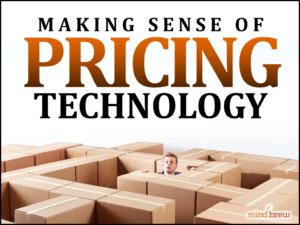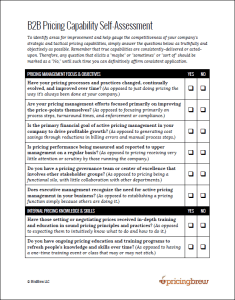A couple of decades ago, theoretical biologist Stuart Kauffman proposed the idea of the adjacent possible as a way to explain natural selection in evolution. Evolution doesn’t just jump from, say, a single-celled life form to a dinosaur. Why is that?
Kauffman speculated that life evolves as it quickly explores all the possibilities adjacent to what has come before. For example, two-celled organisms are adjacent to a one-celled organization, so that might be a reasonable jump.
Author Steven Johnson took this idea and applied it to other fields, like technology. He explains that in the 1600s, inventing a microwave oven would have been impossible because it wasn’t adjacent to any of the technologies currently in use then. But over time, after people understood more about electricity and radio waves and started experimenting with magnetrons for radar, the microwave oven became an adjacent possible. (And in fact, the idea came into being when a scientist left his lunch literally adjacent to the machinery.)
Johnson observed that innovations almost always build upon what already exists. Inventors simply collect all the pieces currently in their world and put them together in a new way — kind of like how evolution works.
Within the realm of pricing technology, we have certainly seem this phenomenon at work.
Not all that many years ago, it would have seemed incomprehensible that you could calculate deal-level willingness to pay. And further, the idea that you could present that information to salespeople in real time as they are entering variables into a piece of software would have been mind-boggling.
But the developments in machine learning software and the advances in computer processing capabilities made that pricing technology an adjacent possible that was an easy jump.
And innovation isn’t stopping there.
Armed with the data that made those initial pricing calculations possible, firms are now going further and creating prescriptive account plans for their salespeople.
Today, you can also determine the other products that customer should be interested in to improve cross- and up-sells. You can analyze buying patterns to reveal which customers could be buying more (and which customers are showing signs of attrition). You can also tease out the traits your best customers share and use that information to find other prospects that look very similar.
If you’re interested in exploring more about what’s possible with pricing technology, we invite you to check out three resources:
- Making Sense of Pricing Technology offers a high-level overview of the different types of pricing technology and helps you figure out what might be best for your particular situation.
- All About Price Optimization dives deeper into price optimization technology and examines the myths and misconceptions that can hinder successful implementation.
- Delivering No-Brainer Pricing Guidance To Sales explains how to use the right kind of technology to empower your salespeople to offer the best prices.
Today, teams are using pricing technology to do some amazing things — and it’s no more difficult that heating up some leftover pizza in the microwave. These new advances, in turn, are opening up a whole new set of adjacent possibilities that will enable even more innovation.
















